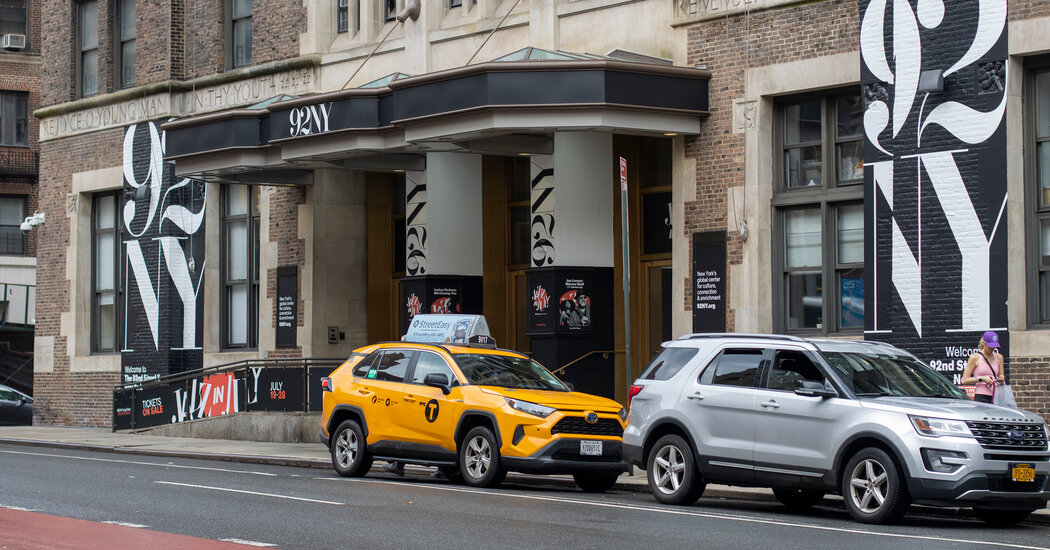
In the last year, museums, book festivals, arts journals and other organizations have experienced bitter discord over what qualifies as tolerable speech about the conflict and its combatants.
The owner of the prestigious journal Artforum fired its top editor for publishing an open letter supporting “Palestinian liberation,” prompting resignations and a boycott by writers and artists. A prominent Hollywood agent stepped down from a leadership role at Creative Artists Agency after sharing images on social media that used the word “genocide” to describe Israel’s military campaign in Gaza.
The interim chief executive of a San Francisco art museum resigned after artists and employees demanding divestment from Israel issued what she characterized as “vitriolic and antisemitic backlash directed at me personally.” And last month, the longtime chief executive of PEN America stepped down after months of intense criticism from authors who said that the free expression group had not taken a forceful stand against Israel’s actions, with some blaming the former executive, who is Jewish, for “longstanding commitments to Zionism, Islamophobia, and imperial wars in the Middle East.”
Shock waves from the war have been felt throughout the arts and cultural world, with movie productions, museums and book festivals — not to mention universities, institutions and entire industries — experiencing bitter conflict over what qualifies as tolerable speech about the conflict and its combatants. But many observers say that the narrowing of the discourse in artistic spaces since Oct. 7, 2023 — when Hamas attacked Israel, killing 1,200 and abducting nearly 250, prompting an Israeli military campaign that has killed tens of thousands in Gaza, many of them civilians — does not bode well for the cultural world’s traditional commitment to free and open-minded expression.
“My hope was that Oct. 7 would allow us to create some sort of consensus around small-L liberal pluralism, and that has not come to pass,” said Jonathan Zimmerman, a history professor at the University of Pennsylvania. At Penn, a controversy over a Palestinian literary festival that was held on its campus weeks before the attack last year boiled over afterward, leading to a donor revolt. The university’s president resigned last December after she seemed to evade a question in a congressional hearing about whether students who called for the genocide of Jews should be punished.
A look at cultural institutions over the past year reveals a pattern: It has largely been institutional management — such as executives and owners — who have sought to suppress perspectives critical of Israel, while lower-level employees and less-prominent artists were often those attempting to silence perspectives expressing solidarity with Israel.
We are having trouble retrieving the article content.
Please enable JavaScript in your browser settings.
Thank you for your patience while we verify access. If you are in Reader mode please exit and log into your Times account, or subscribe for all of The Times.
Thank you for your patience while we verify access.
Already a subscriber? Log in.
Want all of The Times? Subscribe.
